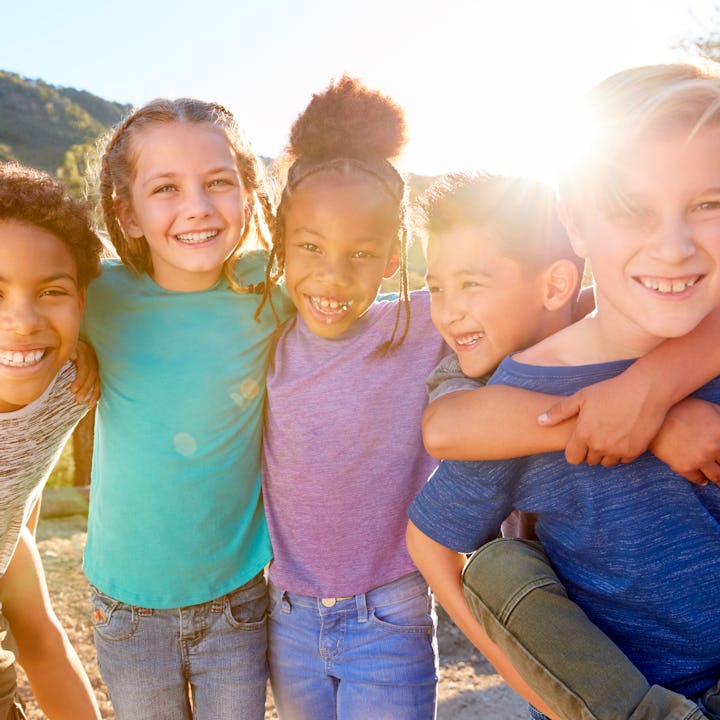Black And Hispanic Children Are Less Likely To Receive CPR From Bystanders Than White Children
The study’s findings mirror the racial and ethnic disparities of previous studies of adult cardiac arrest cases.

According to a new study published this week in the American Heart Association (AHA) journal Circulation, Black and Hispanic children are less likely to receive bystander CPR than white children. Surviving a cardiac arrest often requires immediate care, and even just minutes of delayed medical attention can be the difference between life and death, making this statistic even more alarming.
The researchers went through a national EMS database to examine 7,285 out-of-hospital cardiac arrests in kids between January 2016 and December 2019 (the study did not include pandemic years due to possible changes in behavior, as people would be less willing to perform CPR on anyone pre-vaccine).
White children comprised 52.3% of cardiac arrest cases and received bystander CPR 75.1% of the time. The rates of bystander CPR dropped to 68.1% for Hispanic children, who comprised 13.9% of cardiac arrests, and 67% for Black children, who accounted for 29.2% of cardiac arrest cases during the examined period.
"Although it's alarming and tragic, it's not something that surprised us," Aditya Shekhar, the study’s lead author told American Heart Association News.
"The first step toward eliminating these disparities is identifying them and improving our CPR knowledge and awareness across demographic lines, including race and ethnicity and socioeconomic status," he added.
The study also found disparities by age. While cardiac arrests in general were most common in children 1 and under, they had the second lowest rate (71.9%) of receiving bystander CPR. Shekhar noted that this might be because people are untrained in how to perform infant CPR and might be afraid of accidentally causing more harm than good.
Kids aged 15-17 were the least likely to receive bystander CPR at 62.6%, which Shekhar claims could be related to the fact that teens’ chances of having a trauma-induced heart attack, like from a car accident, increases during these ages.
According to AHA stats, only about 40% of all people who experience a heart attack or cardiac event outside of hospital setting receive bystander CPR. This number should be much higher, according to the study’s authors.
"Cardiac arrest is an incredibly time-sensitive condition, which makes bystander CPR so important in all of these cases," Shekhar said. "If I could shout one message from the mountaintops, it would be that everybody should learn CPR and know how to provide it."
For any reading who has been thinking about getting certified in CPR and hasn’t, maybe now is the time to finally sign up and do so.
This article was originally published on